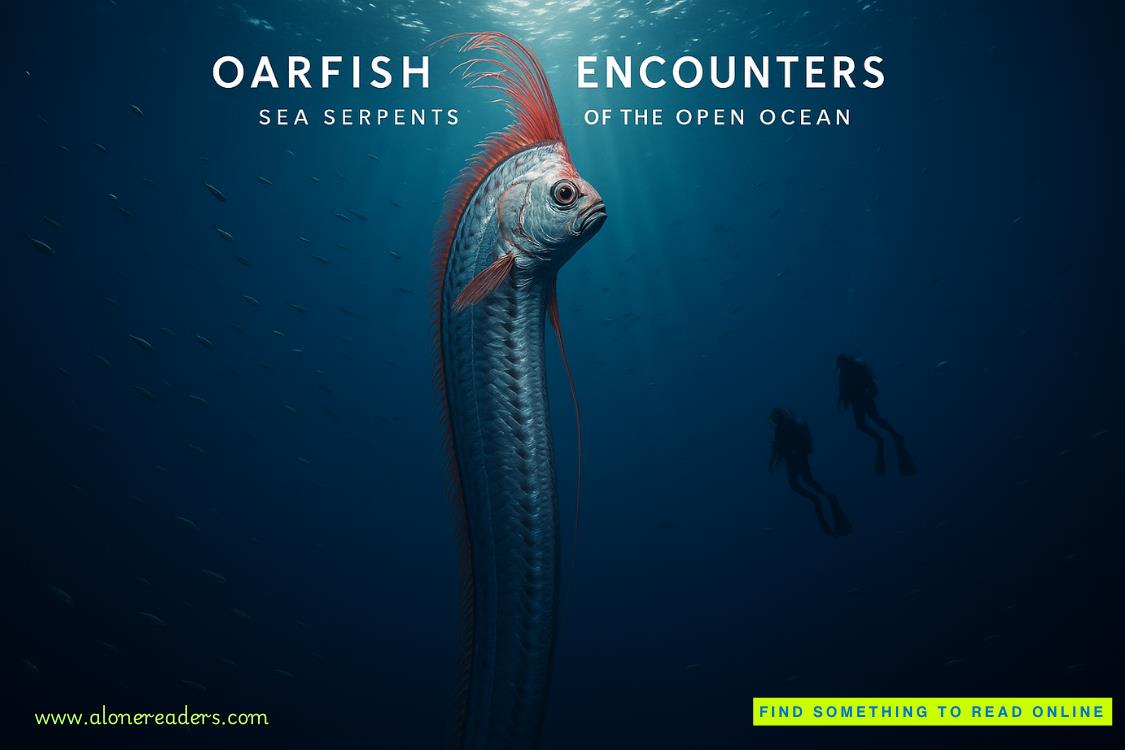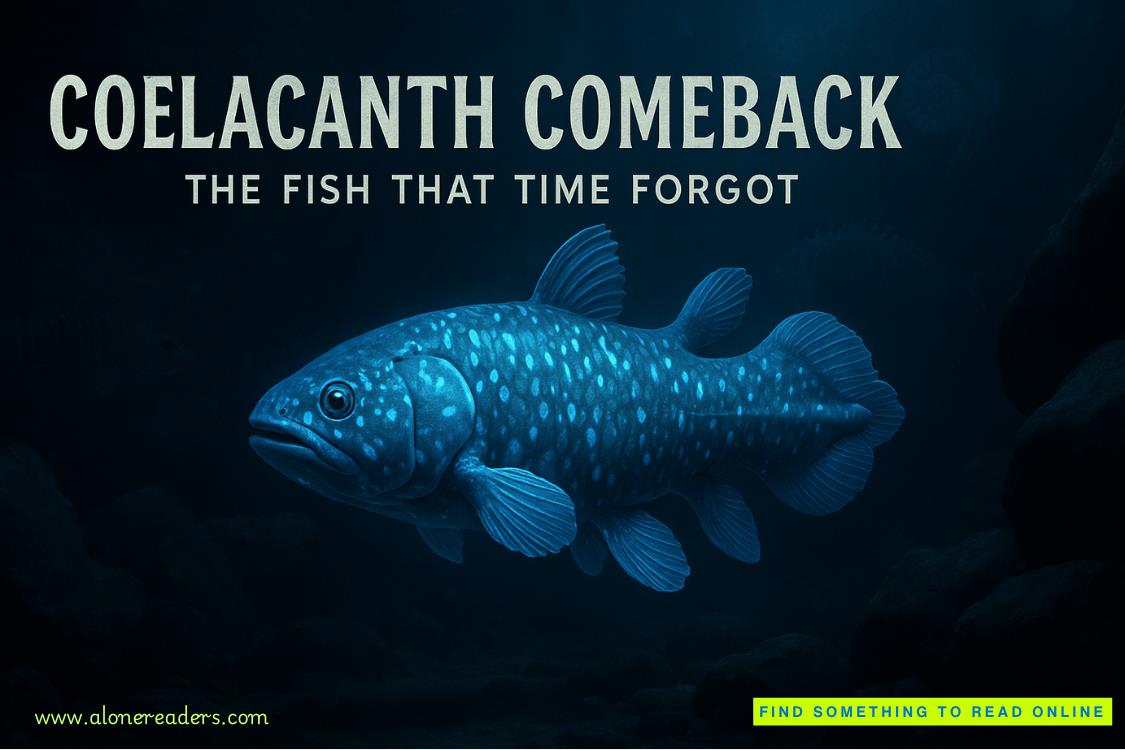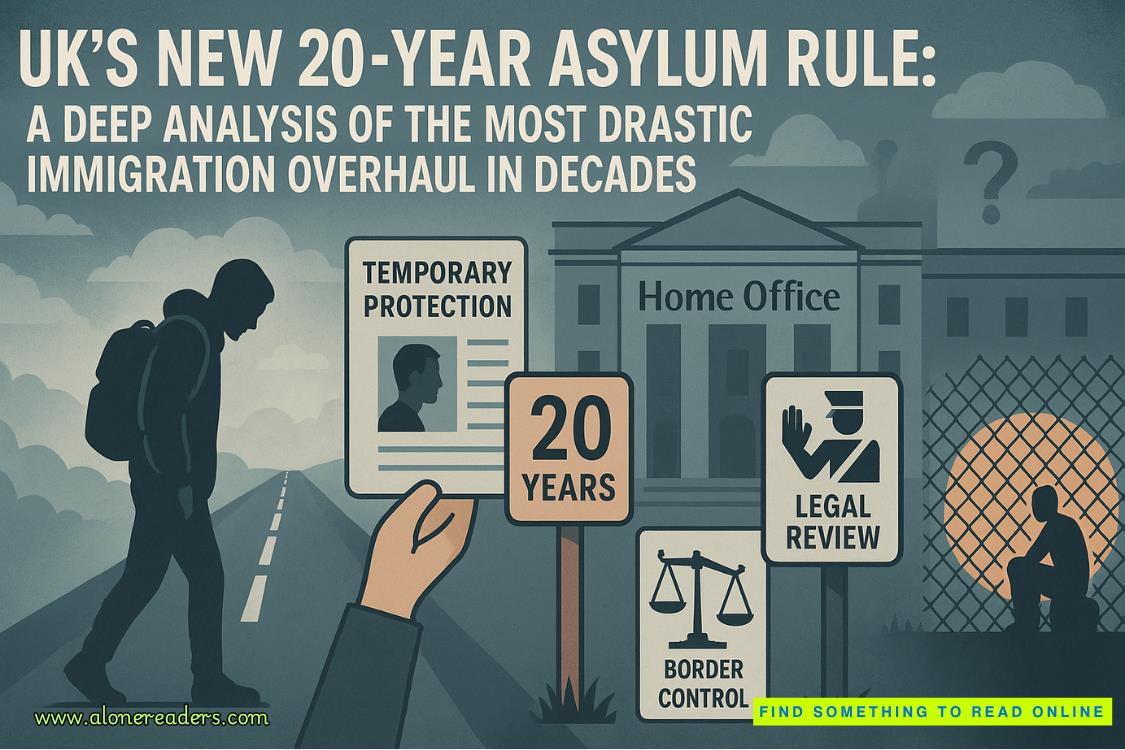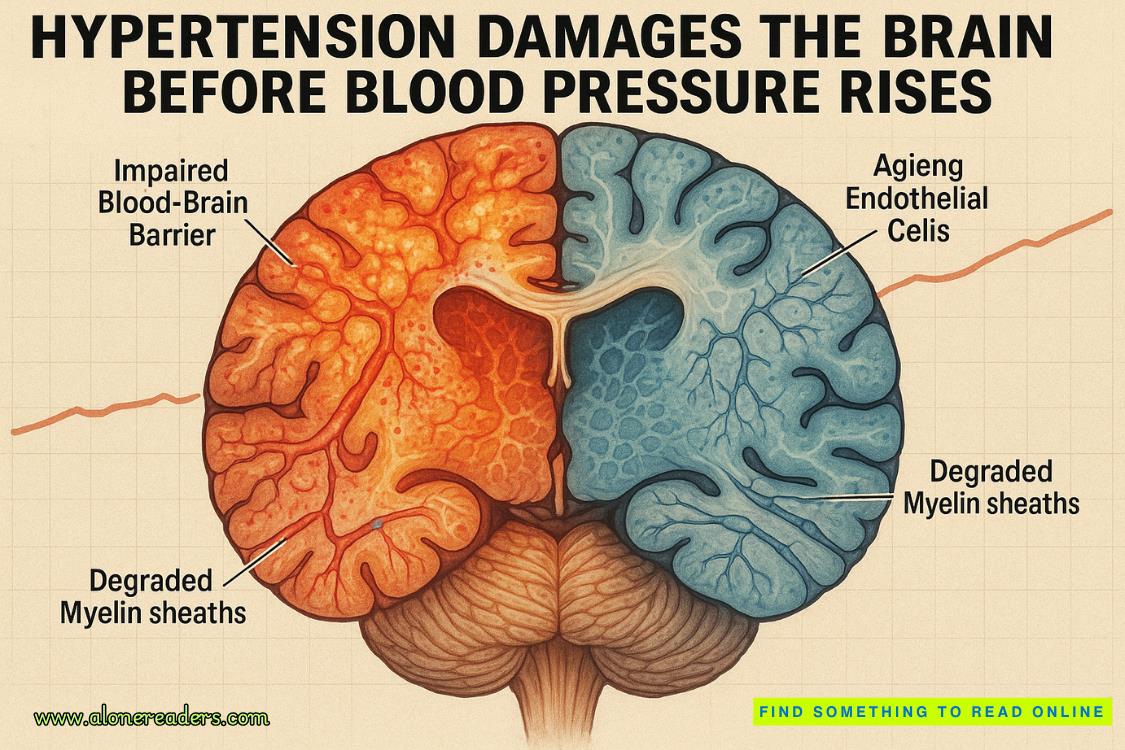Page 16 of Quiet Beautiful Things
Done with my masterpiece—I did take three semesters of art as an undergrad—I put down the crayon. I point to the house in the picture and gesture at our surroundings. I point at the bed in the picture and then over at her bed. I point to the little girl and then to her. Then I point to the man and gesture to the open door.
She follows all of my hand movements as if she understands.
I pick the crayon up and connect the man’s hand to the child’s hand. Maisy simply stares and hugs her stuffed cat.
My heart hurts. This precious little girl has virtually no means of communicating. I’ve seen children in the past who didn’t know ASL, but at least they could read and write. There was always some form of communication, even if it was rudimentary.
I can’t even tell Maisy what’s happening to her. She must be so scared.
She picks up a black crayon and draws a stick figure. I’m quite impressed at her drawing skills. Then again, if she can’t communicate in other ways, maybe this is how she’s done it, which explains why she’s better at it than most four-year-olds.
The figure is as big as the man I drew. She gets a yellow crayon and draws long hair. She joins the hands of the stick figure she drew and the little girl I drew. She looks up, points to me and then the stick figure.
I shake my head and she gets sad. She thinks I’m somehow part of the picture, and I fear she might bond with me more than her father. I’m here to facilitate their bond, not steal it. I’m going to have to tread carefully.
I lean over, get a bucket of blocks from the toy bin, and spread them on the table. Grabbing a fresh piece of paper, I draw a red square. I point to the square and then to the blocks. In short order, Maisy picks out four red blocks and builds a square.
I smile and sign, “Yes.” Then I wave my hands at the wrists, the ASL sign for clapping. Some people call it jazz hands.
Next, I draw a large green rectangle. Again, she sorts through the pile, picks out six green blocks, and lines them up perfectly to replicate the shape. She looks up with expectant eyes.
I do jazz hands.
She smiles and does jazz hands back.
My heart lurches.
We play this game for a few more minutes, then I switch to something more difficult. I get a large pack of flashcards from my messenger bag. The cards have pictures of common objects on them. House. Shirt. Dog. Pencil. On the back of each card is the ASL sign for the object. I sift through and find the picture of a cat. I hold it out for her to see and point to her stuffed cat. Then I do the sign for “cat,” using my thumbs and forefingers near my cheeks in an outward motion symbolizing whiskers.
I do this several more times, pointing to the picture and her stuffed animal.
I think she understands that the sign means cat, but she doesn’t get that I want her to do it. I carefully reach out andtouch her hands, put them to her cheeks, then release them and do the sign again.
Finally, she does it.
“Yes,” I sign then do jazz hands.
I find the flash card with the house. I point to it, then to my house drawing, then I gesture around. Then I sign, “house,” by outlining the simple shape of a house with my hands starting with a roof and then the walls. I do this over and over, then motion to her hands. She does the sign.
I do the same with “book,” opening my hands as one would open a book. Then I point to a book. I only have to do this one once before she repeats the sign.
My smile is huge. So is hers. Her mouth opens, and I think she makes a noise. A happy one I hope.
We go through other flashcards, ones with the simplest signs that correspond to things I find around her room. The more we do, the more excited she gets.
We’re going back over the signs when she stands and cups a hand over her crotch.
I motion to the bathroom, and sign, “bathroom.” Then I take her to the toilet.
She doesn’t need any help. But when she’s done, she heads right back out into her bedroom. I tap her on the shoulder. When she turns, I point to the sink and rub my hands together. She stares blankly, looking at me as if she has no idea what I’m asking. Lord, has she never been taught to wash after using the toilet?
I stand at the sink and wash my hands. Then I point to her and rub my hands together. She washes her hands for two seconds, barely rinsing the soap from them before she’s turning back to her bedroom. Before she can pull away, I grab her hands and help her rub them together for ten more seconds. Once done, I catch her gaze in the mirror and smile.
She dries her hands and runs back out to the table. I’m delighted she’s eager for more.
Fifteen minutes later, the room lights flash off and on. I turn to see Hannah in the doorway. She tells me she has another appointment to get to—I swear they always overbook interpreters—but she also looks concerned as she gestures down the hallway.
“It’s fine,” I sign in slight irritation. “Blake and I can text. You go.”















